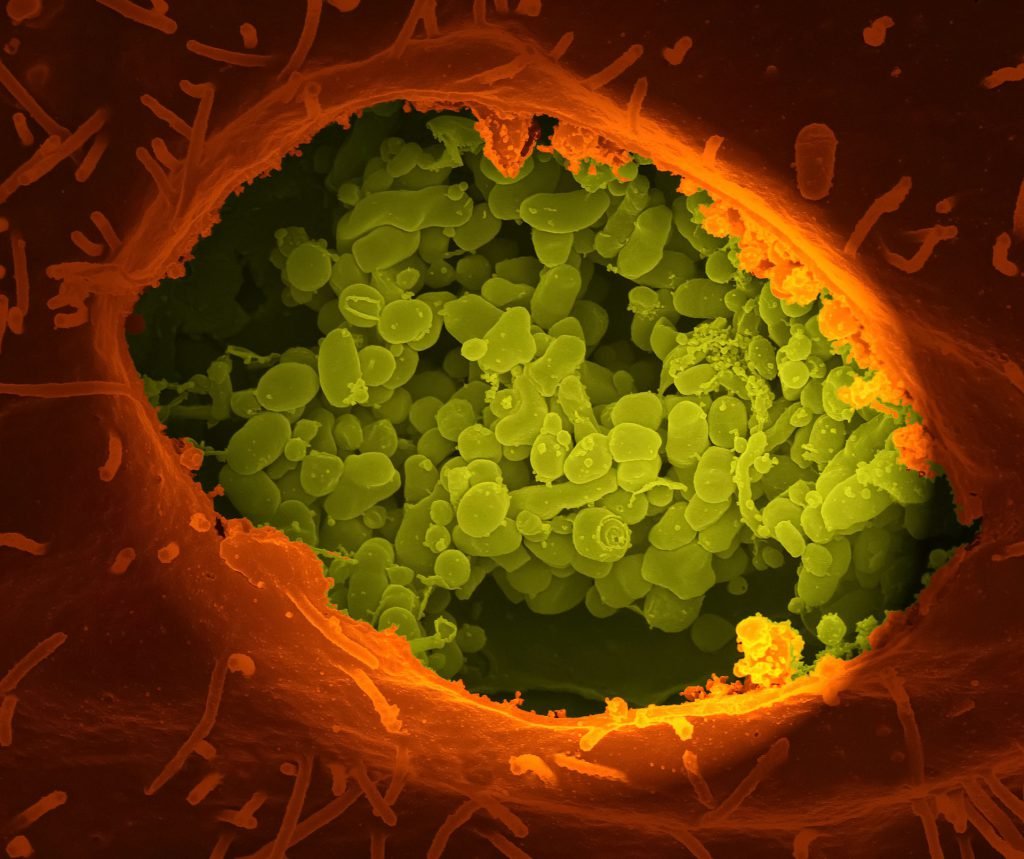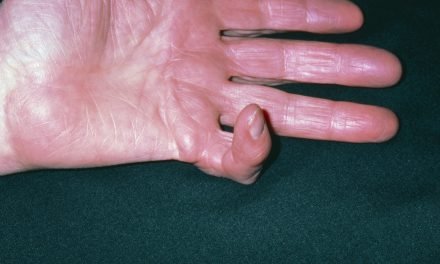
Causes and Prevention of Infectious Diarrhea

Infectious diarrhea usually tends to be accompanied by several symptoms such as fever, abdominal pain, nausea, dizziness, and other general discomforts. However, the cause varies depending on the microorganism.
In this article, let’s look at the causes and prevention of infectious diarrhea. Experts define diarrhea as soft or watery stools that occur three or more times a day.
In Western countries with well-developed healthcare systems, diarrhea is usually not a problem. But in other countries, diarrhea can be fatal. Therefore, it is essential to be familiar with this issue so that diarrhea can be recognized and prevented.
What is Infectious Diarrhea?
As explained above, infectious diarrhea is classified as watery stools that occur more than three times a day.
Pathogens can cause diarrhea, and of course, other causes, such as food poisoning or gastrointestinal problems, can also cause diarrhea. Irritable Bowel Syndrome is an example. In addition, viruses, bacteria, or protozoa (parasitic single-celled organisms) can cause diarrhea.
Pathogens can cause diarrhea, and of course, other causes, such as food poisoning or gastrointestinal problems, can also cause diarrhea. Irritable Bowel Syndrome is an example. as well as viruses, bacteria or
- Diarrhea is the second leading cause of death among children under the age of 5 worldwide.
- That means about 525,000 infants die each year.
- A significant proportion of the disease can be prevented if appropriate health structures and food controls are followed.
- It can lead to severe malnutrition, loss of healthy life and even death.

Infectious diarrhea can affect children as well as adults.
Causes of Infectious Diarrhea
Scientific research shows that viruses, bacteria, protozoa, and certain more complex parasites can all cause infectious diarrhea. So let’s take a quick look at what each of them consists of.
bacteria
Surprisingly, bacteria only cause about 10 to 20 percent of infectious diarrhea. The most common enteropathogenic bacteria include Shigella spp. and Salmonella.
In addition, it is necessary to point out the fourth most common cause of diarrhea worldwide, Campylobacter jejuni.
virus
Many viruses, including norovirus and rotavirus, cause diarrhea. These viruses are the most common cause of acute diarrhea. Virus-induced diarrhea is also known as viral gastroenteritis, or diarrhea or inflammation caused by an enteritis virus.
Protozoa and other parasites
Some protozoa present in water, such as amoeba dysentery or giardiasis, can also cause infectious diarrhea. And more complex parasites, such as roundworms, known by the scientific name Ascaris lumbricoid, also affect diarrheal diseases.
Methods of transmission vary greatly depending on the pathogen. For example, viruses are transmitted through microaerosols transmitted by an infected person, such as coughing or sneezing, while bacteria are usually transmitted through food.
Prevention of Infectious Diarrhea
Basically, according to the Centers for Disease Control and Prevention (CDC), the best way to prevent infectious diarrhea is to sterilize and consume only water and cooking or sterilization of food processing kitchen surfaces.
Be sure to follow the advice above, as the microbes discussed above are spread quickly through direct contact with your mouth or through ingestion of water or certain foods.

E. coli is known to cause infectious diarrhea.
Other Symptoms of Infectious Diarrhea
In addition to soft or watery stools, infectious diarrhea can have other symptoms, depending on what the cause is. Some of the accompanying symptoms, according to the National Institute of Diabetes, Digestive, and Kidney (NIDDK), are:
- bloody stool
- fever and chills
- dizziness and dizziness
- throw up
- stomach pain and bloating
Pay attention to food
As you can see, several pathogens such as bacteria, viruses, protozoa, and parasites can cause infectious diarrhea. Although the disease is not a major problem in most Western countries, infectious diarrhea is the second most common cause of death in areas with poor sanitation.
The best way to prevent diarrhea is to avoid raw food, food that has not been properly cooked, or food that has been handled in an unpasteurized environment.





















